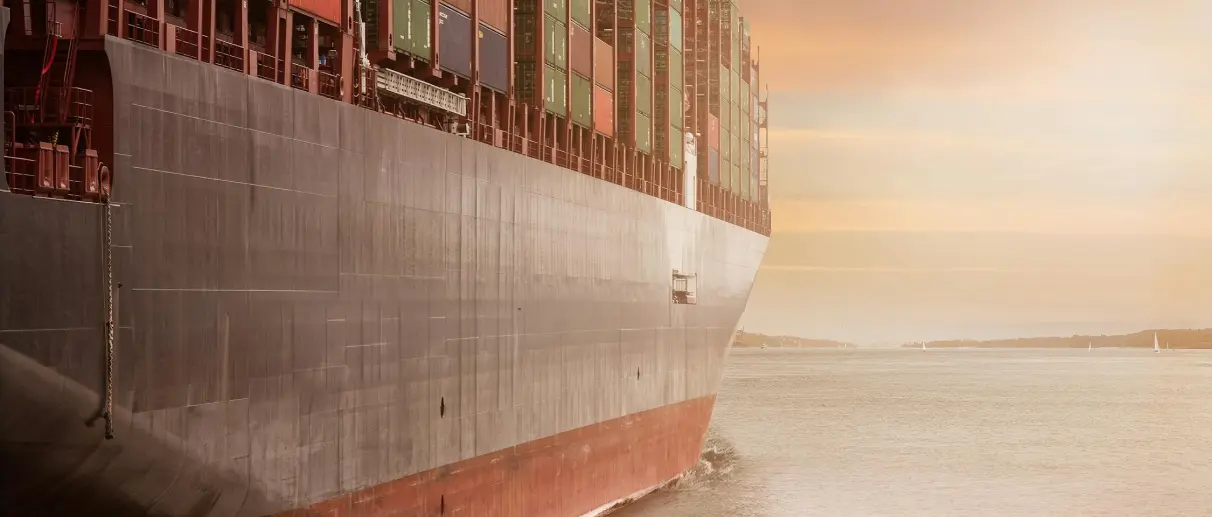Ship operators often ask us how other commercial shipping customers are reducing fuel consumption and emissions. With the Carbon Intensity Indicator (CII) in effect and the EU ETS coming into effect later this year, considering ship efficiency is one thing you should look at right now. We put together this post to share some of the key optimization techniques that the crew can employ to reduce fuel consumption and CO2 emissions right now without major capital expenditures.
Optimize Speed and Power
One of the most significant factors that affect fuel consumption and CO2 emissions is vessel speed. Slowing down the vessel’s speed can reduce fuel consumption and CO2 emissions. The crew can optimize the vessel’s speed by using weather routing services to avoid unfavorable weather conditions and adjust the vessel’s speed accordingly. However, slowing down too much can cause immense wear and tear on ship engines and increase unburnt hydrocarbons in your exhaust emissions which can worsen your overall emissions profile. It’s not just about burning less fuel – it’s about burning your fuel more effectively. It’s important to convert that fuel to power efficiently and slow-steaming has the potential to cause these undesirable effects.
Maintain the vessel’s hull and propeller
Keeping the vessel’s hull and propeller clean can reduce drag and increase the vessel’s fuel efficiency. The vessel’s hull and propeller should be regularly inspected and cleaned to ensure they are in optimal condition.
Optimize engine performance
Your ship’s emissions are like a breathalyzer for engine health and performance. The crew can use this data to optimize the vessel’s engine performance by maintaining the engine and its components, such as fuel injectors, turbochargers, and air filters using the exhaust emissions data. Regular maintenance can ensure that the engine is operating efficiently and can reduce fuel consumption. Monitoring particulate matter, CO2, and H20 in your exhaust stream can provide important metrics around your ship’s engine health. Customers can use this information to conduct maintenance at efficient intervals and identify problems before they cause catastrophic failure.
Reduce onboard electricity consumption
The crew can reduce onboard electricity consumption by using energy-efficient lighting, turning off unused equipment, and optimizing the use of air conditioning and heating systems.
Minimize unnecessary deviations
The crew can minimize unnecessary deviations from the vessel’s planned route to avoid additional distance traveled and fuel consumption. Small deviations may also occur while using autopilot in adverse sea conditions. Gaining a proper understanding of the drag profile caused by autopilot is paramount for efficient operation.
Conclusion
Implementing these optimization strategies can significantly reduce the vessel’s fuel consumption and CO2 emissions while improving its operational efficiency. Get in touch with to learn more about how SailPlan’s high resolution emissions data can help you optimize your ship’s performance.


